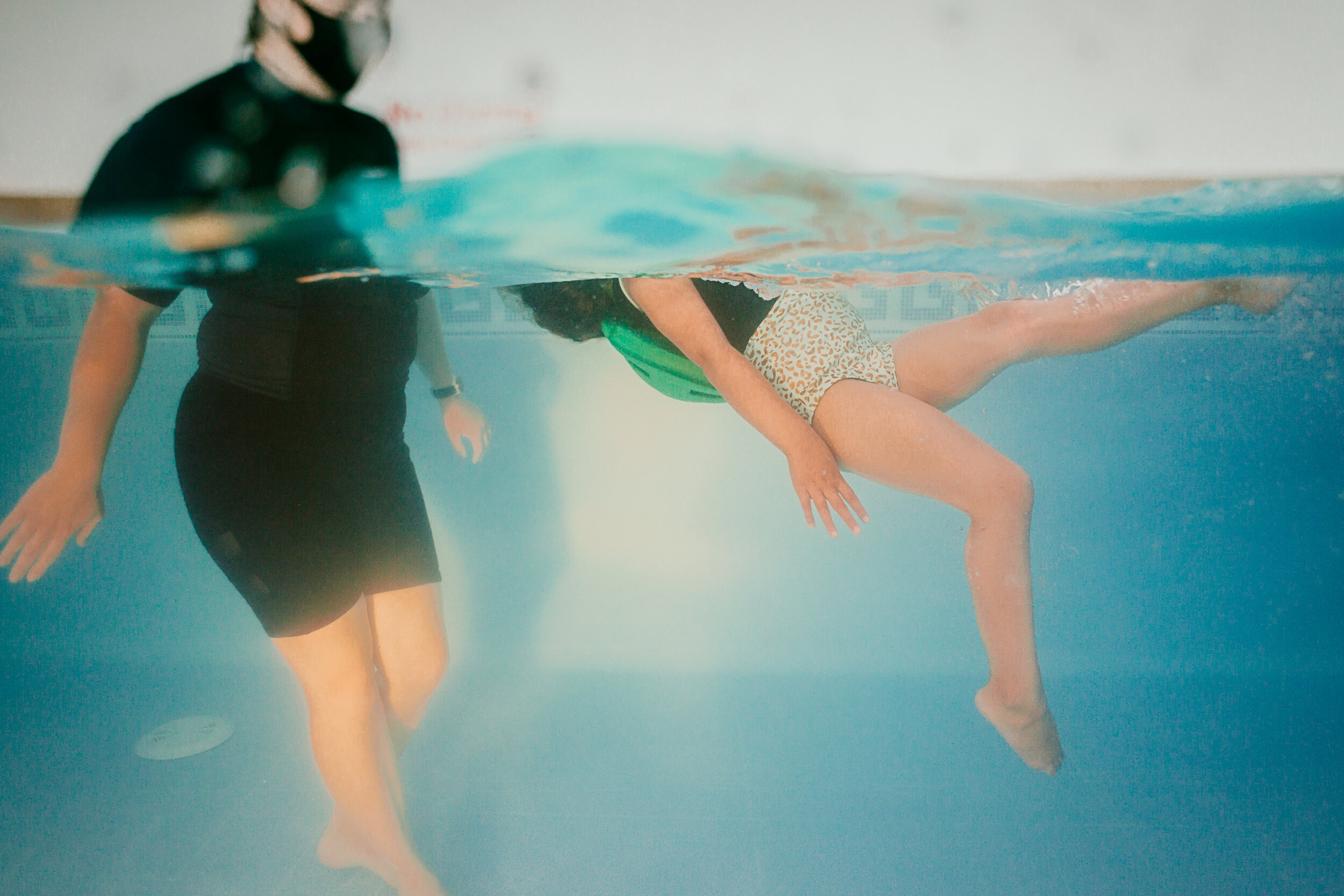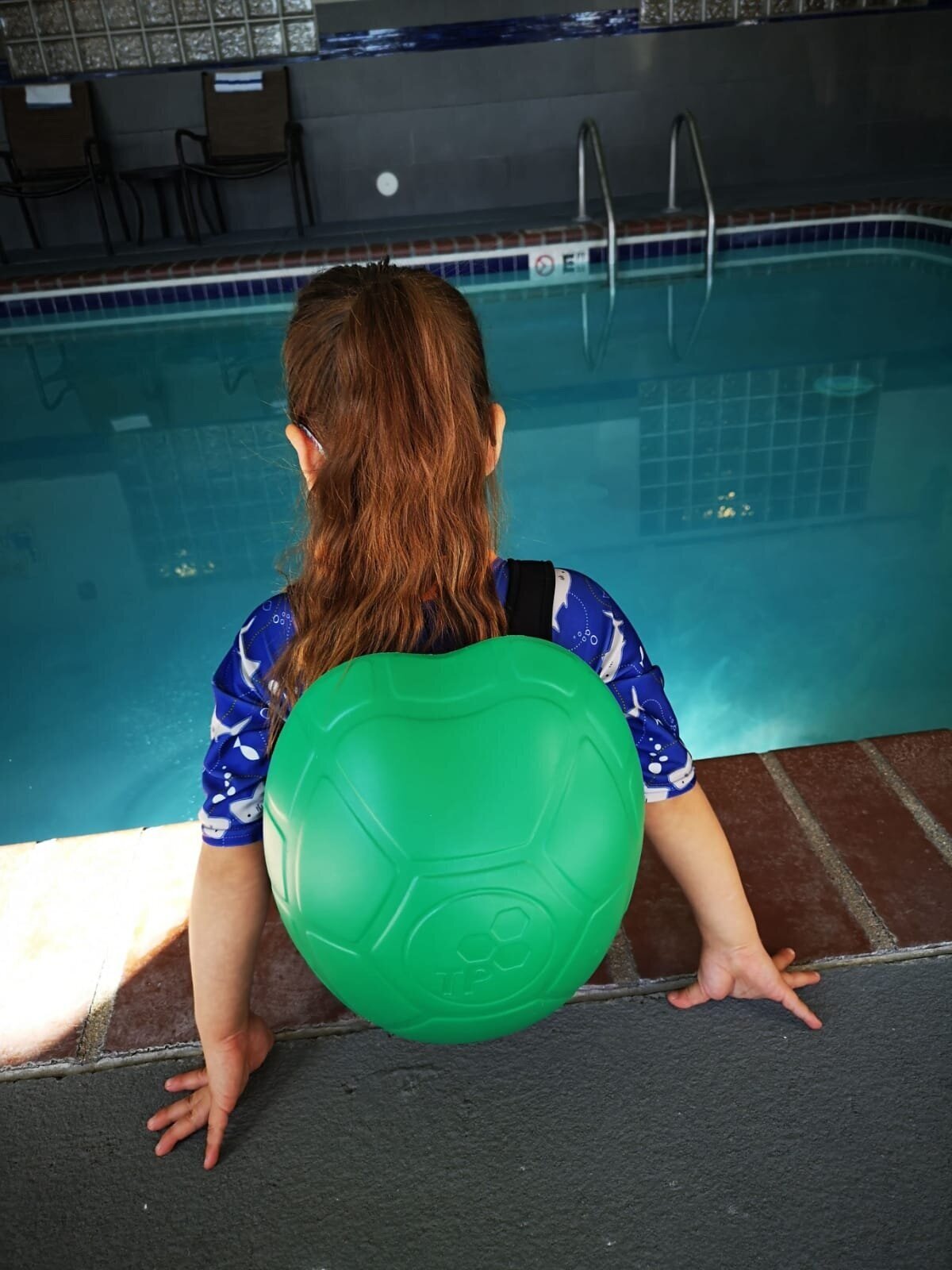Help – should I use armbands or something else?
There are so many considerations when choosing something to use in the pool or on holiday, and you probably have a lot of questions like: Is it safe? Has it been approved? Is it designed to keep the head clear of the water? Does it force an upright position or allow the body to stretch forward or backwards horizontally? Does it hinder arm movement or the ability to swim?
With a wide array of products on the market it can be tricky deciding what you might need for your young child in the pool.
The first question to ask is what do you need?
If you need a life-saving wearable then your only option is a lifejacket, a lifejacket unlike a buoyancy aid or other wearable floatation device when used correctly will keep the head and face out of the water. This is a good choice if you are boating with a child who has no swim ability.
Do you need a floatation device so for your own confidence? Perhaps you have more than one child to manage in the water and this would help you feel safer. There are several options here; puddle jumpers are very popular in the US, and there are a number of wearable jackets and even swimwear with integrated buoyancy to choose from. These are perfect for those times where you need extra reassurance whilst keeping your child no more than an arms length away, but as they promote an upright position in the water are often not that great if you want to help your child to swim, or practice swimming.
A wearable swim aid – if you find the right wearable swim aid, then you may find that it does the job of improving your confidence with your child in the water, provides buoyancy for the child but also allows their body to move into the optimum position for practicing their swimming and allowing them to propel their bodies through the water with the most efficiency. You will want to look for something that a child cannot get out of easily and that is quite robust; arm bands have fallen out of favour here as they can be easy to wriggle out of and a tiny puncture or tear renders them useless. Armbands can also hinder the arm movement required for swimming, and despite being a favourite for many years they are actually banned in some pools.
We LOVE the Turtle Pack as a wearable swim aid; it provides buoyancy, promotes a good body position for swimming and allows a child to explore how they can move in the water whilst boosting their confidence. A swim teacher favourite of the product is that a child can actually rotate in the water from front to back to front, so they can practice floating (a number one survival skill) and swimming on their back as well as the front. Grown ups can reduce the level of buoyancy by removing the shells as a child grows in confidence, and the shells can be used for games or held out like a kickboard when developing swim skills.
Check that any wearables fit correctly and will not slip, particularly check that they won’t move over a child’s face in the water. Make sure that your child fits the weight and age requirements for what you choose, this is what the item will have been safety tested for, so using it outside of these recommendations could pose a risk to your child and will invalidate any insurance or warranty on the product. Whatever you choose lifejackets, floatation aids and swim aids are not a replacement for proper supervision. Always keep your child within an arm’s reach.
Swim aids to hold – if you have a child that you can trust to hold on to something then a pool noodle is a cheap and adaptable swim aid for a child to use. They are a favourite among swim teachers due to their versatility for teaching and practicing swim skills; you can tie them in knots, sit astride them, rest them under the arms or hold them out in front. Great for a variety of ages too, so perfect if your swimmer (or practicing swimmer) is too big for the wearable swim aids commonly sold.
Beware though, with lots of use they can degrade over time and aren’t often recyclable.
If you live in the USA the US Coast Guard has a detailed guide on different Personal Floatation Devices both for adults and children, they also approve specific brands and types of devices for use, particularly if you are boating.







